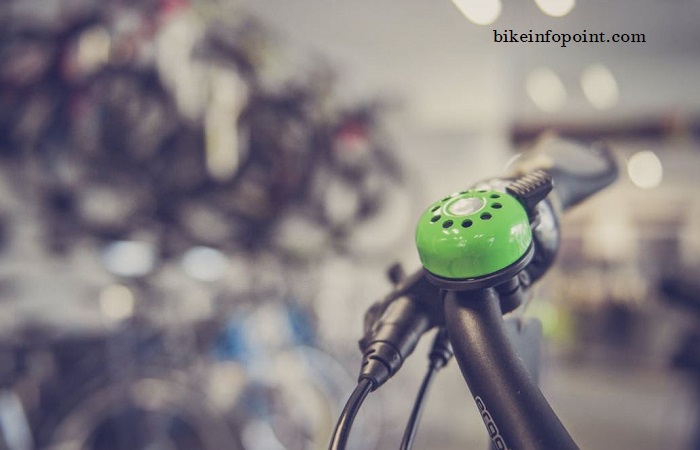
Why Use Bicycle Helmet Light
A bicycle helmet light is a small light that is attached to the back or front of a cycling helmet. It is designed to increase the visibility of the rider to other road users, particularly in low light or nighttime conditions.
The importance of wearing a helmet while cycling cannot be overstated. Head injuries are the most common cause of death and serious injury for cyclists. Helmet can significantly reduce the risk of injury in the event of a crash. In many countries, it is also required by law to wear a helmet while cycling on public roads.
Using a helmet light in addition to a helmet can further improve the safety of the rider. It helps to make the rider more visible to drivers, pedestrians, and other cyclists reducing the risk of a collision. It can also help the rider signal their intentions, such as turning or changing lanes, to other road users.
Table of Contents
ToggleBenefits of Using a Helmet Light

Increased visibility to other road users: One of the main benefits of using a helmet light is that it increases the visibility of the rider to other road users. This is especially important in low light or nighttime conditions. When it can be more difficult for drivers and other road users to see a cyclist, by attaching a light to their helmet, a rider can make themselves more visible and easier to spot.
Improved safety in low light or nighttime conditions: In addition to increasing visibility, using a helmet light can also improve safety in low light or nighttime conditions by illuminating the path ahead for the rider. This can help the rider to see any obstacles or hazards in the road, such as potholes or debris, and avoid them. It can also help to increase the rider’s confidence and reduce anxiety when cycling in low light conditions.
Ability to signal turns and other intentions to other road users: Another benefit of using a helmet light is that it can be used to signal the rider’s intentions to other road users. For example, a rider may use a flashing helmet light to signal a turn or a change in direction. This can help to improve communication and awareness between road users.
Why Bicycle Helmets are Important- Detail Explained
Types of Helmet Lights
Rear lights: A rear helmet light is a light that is attached to the back of the helmet and faces backward. It is designed to increase the visibility of the rider to drivers and other road users following behind. Rear lights can be especially important for cycling in low light or nighttime conditions. They can also be used to signal turns or changes in direction.
Front lights: A front helmet light is a light that is attached to the front of the helmet and faces forward. It is designed to illuminate the path ahead for the rider helping them to see any obstacles or hazards in the road. Front lights can be especially useful for cycling in low light or nighttime conditions. Because it helps to increase the rider’s visibility to other road users and improve their overall safety.
Combination lights: A combination helmet light is a light that has both front and rear facing lights. It provides the benefits of both a front light and a rear light. Combination lights can be especially useful for cycling in urban areas or on busy roads. Because it also can help to increase the rider’s overall visibility and improve their safety.
How to Choose the Right Helmet Light
Brightness and beam pattern: When choosing a helmet light, it is important to consider the brightness of the light and the beam pattern. A light that is too dim may not be visible to other road users. While a light that is too bright may cause glare or discomfort for the rider or other road users. It is also important to consider the beam pattern of the light, as a wide beam can help to increase visibility to the sides. While a narrow beam can be useful for illuminating the path ahead.
Battery life and recharging options: Another important factor to consider when choosing a helmet light is the battery life and recharging options. A light with a long battery life will be more convenient to use and will not need to be recharged as often. It is also important to consider the recharging options, such as whether the light can be recharged via USB or requires special batteries.
Durability and water resistance: It is also important to consider the durability and water resistance of a helmet light. Choosing a durable and water resistant light can help to ensure that it performs consistently and can be used in a variety of conditions.
Using a helmet light in addition to a helmet can greatly improve the safety of the rider while cycling, particularly in low light or nighttime conditions. It is important to choose a helmet light that meets the rider’s needs and is suitable for the conditions in which it will be used.


